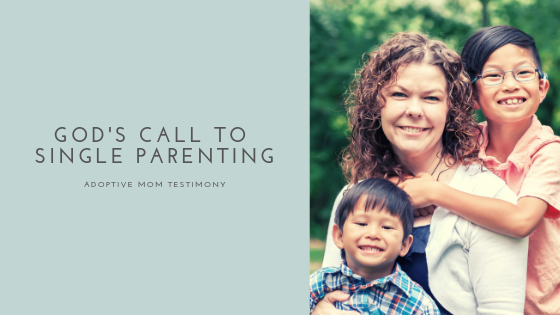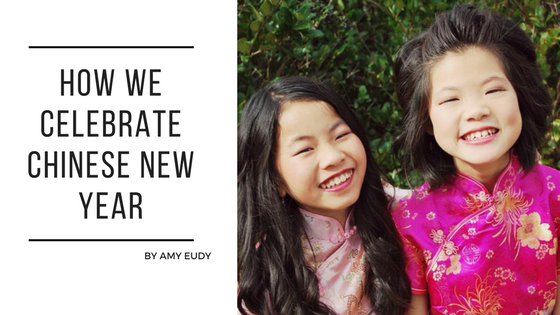Why are there less “healthy” children or mild identified special needs available for international adoption? Many families come into adoption wishing to adopt a young, healthy child and it is sometimes disappointing when they realize that this is not usually possible. Families sometimes look to international adoption because they want to adopt help a child […]




